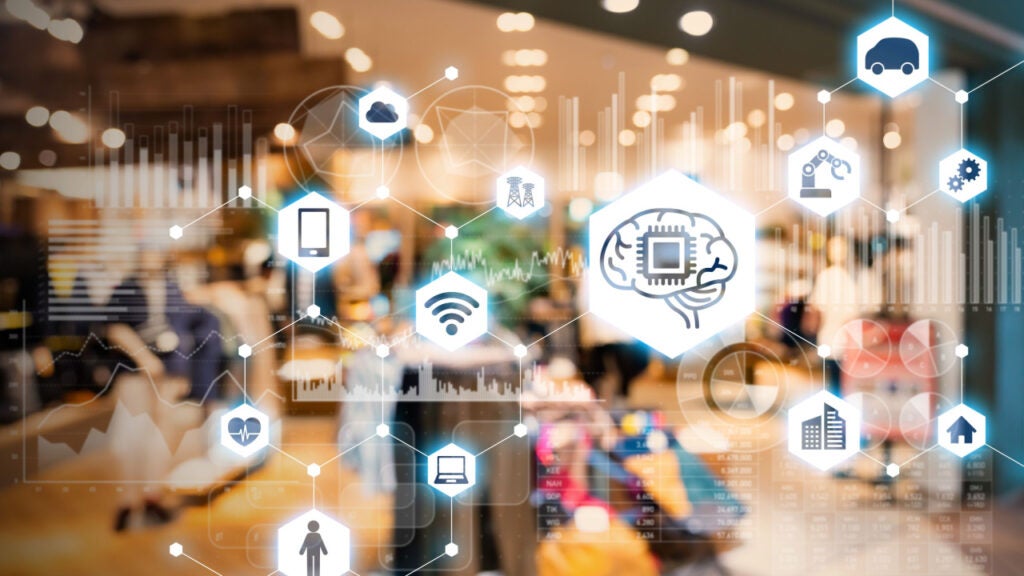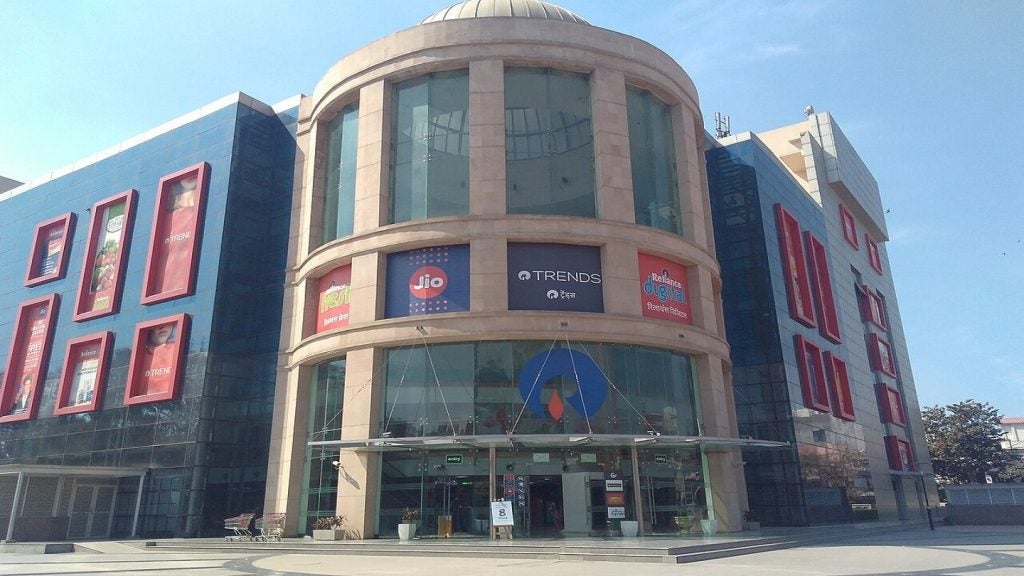The retail industry continues to be a hotbed of patent innovation. Activity is driven by the growing importance of technologies such as cloud, artificial intelligence, and blockchain. In the last three years alone, there have been over 59,000 patents filed and granted in the retail industry, according to GlobalData’s report on Cybersecurity in retail: e-transaction tamperproofing. Buy the report here.
According to GlobalData’s Technology Foresights, which uses over 126,000 patents to analyze innovation intensity for the retail industry, there are 50+ innovation areas that will shape the future of the industry.
E-transaction tamperproofing is a key innovation area in cybersecurity
E-transaction tamperproofing involves employing a range of methods and technologies to establish security, transparency, and resistance to fraud or manipulation of electronic transactions, particularly those related to cryptocurrencies. It involves leveraging technologies such as blockchain, encryption, and other security protocols to guarantee traceability, irreversibility, and resilience against unauthorized alterations in transactions.
GlobalData’s analysis also uncovers the companies at the forefront of each innovation area and assesses the potential reach and impact of their patenting activity across different applications and geographies. According to GlobalData, there are 400 companies, spanning technology vendors, established retail companies, and up-and-coming start-ups engaged in the development and application of e-transaction tamperproofing technologies.
Key players in e-transaction tamperproofing – a disruptive innovation in the retail industry
‘Application diversity’ measures the number of applications identified for each patent. It broadly splits companies into either ‘niche’ or ‘diversified’ innovators.
‘Geographic reach’ refers to the number of countries each patent is registered in. It reflects the breadth of geographic application intended, ranging from ‘global’ to ‘local’.
[datawrapper id=M3Wtz title='Patent volumes related to e-transaction tamperproofing' type='lgp1']Leading patent filers in the e-transaction tamperproofing space include Alibaba Group, nChain, Mastercard, Advanced New Technologies, and Visa. In July 2023, Mastercard leveraged its AI capabilities to combat immediate payment-related issues. Through the utilization of its advanced AI-driven Consumer Fraud Risk solution, Mastercard is actively aiding banks in predicting and preventing scams in real time, effectively intercepting any unauthorized fund transfers.
In terms of application diversity, Ballet Global leads the pack, while Thoma Bravo LP and Inveniam Capital Partners are in the second and third positions, respectively.
In terms of geographic reach, Civic Technologies is the leading company, followed by Razorpay Software and Thoma Bravo.
e-transaction tamperproofing plays a crucial role in the realm of cybersecurity, offering robust safeguards for electronic transactions. In an era dominated by digital exchanges of sensitive information, the assurance of transaction integrity, authenticity, and security is of critical importance. The benefits of e-transaction tamperproofing in cybersecurity are data integrity, real-time detection, authenticity, fraud prevention, transparency, and long-term reliability. It not only nurtures a sense of trust among transaction participants, but also bolsters the overall security landscape, establishing it as an essential security tool in today's interconnected and data-centric environment.
To further understand the key themes and technologies disrupting the retail industry, access GlobalData’s latest thematic research report on Cybersecurity in Retail.















